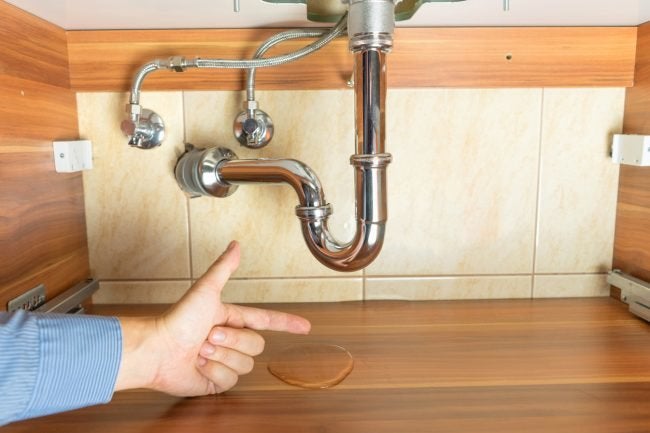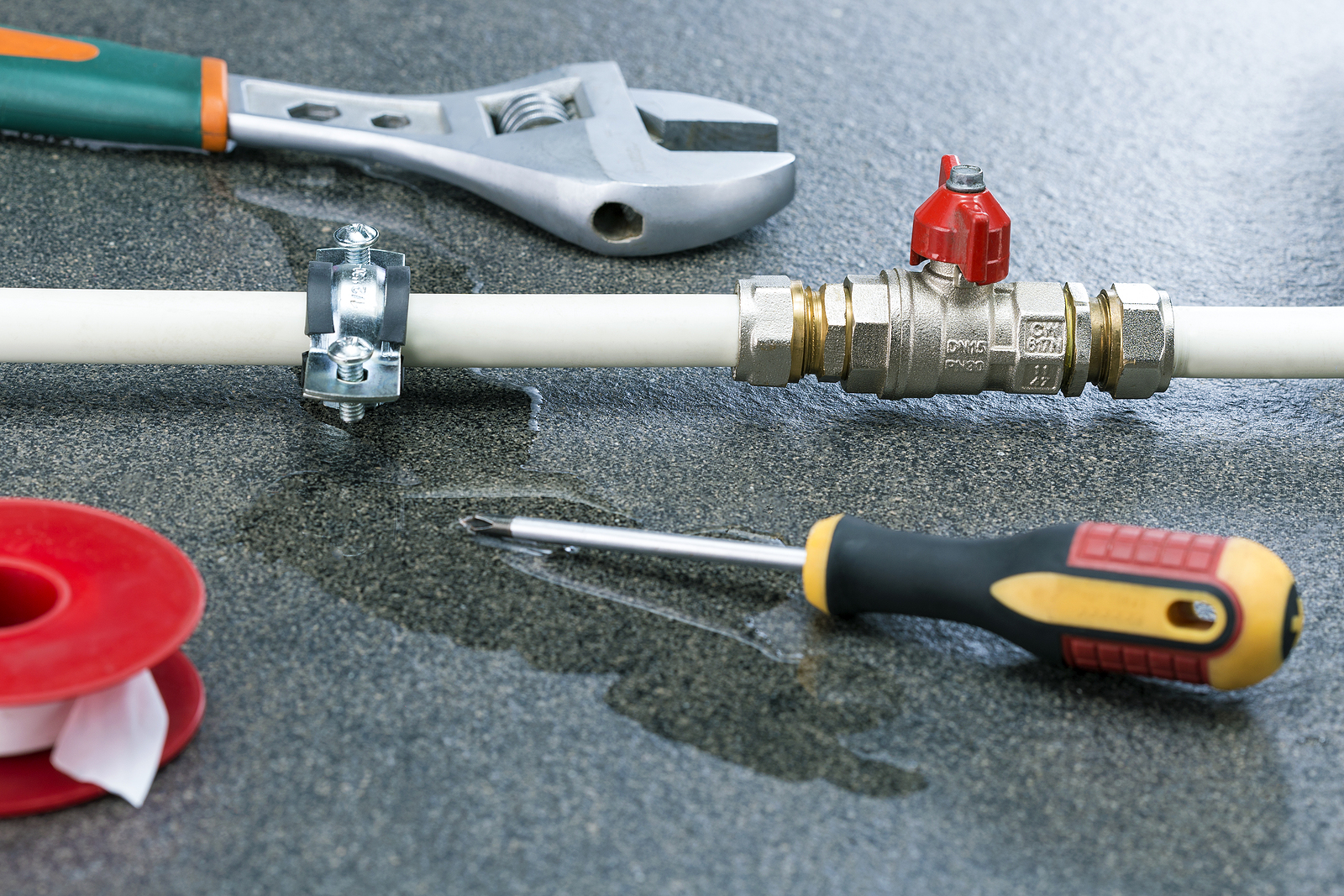Spot Sneaky Water Line Leaks: 6 Ingenious Detection Tips
Spot Sneaky Water Line Leaks: 6 Ingenious Detection Tips
Blog Article
Just about every person will have their unique conception in relation to Leaking water lines.

Early detection of dripping water lines can alleviate a prospective catastrophe. Some small water leaks may not be visible.
1. Analyze the Water Meter
Every residence has a water meter. Inspecting it is a surefire manner in which aids you find leaks. For beginners, switch off all the water resources. Ensure no one will purge, use the faucet, shower, run the washing device or dishwasher. From there, most likely to the meter as well as watch if it will certainly transform. Given that nobody is using it, there ought to be no motions. That suggests a fast-moving leakage if it relocates. If you find no changes, wait a hr or 2 as well as inspect back once more. This means you may have a sluggish leak that can even be underground.
2. Check Water Usage
Analyze your water expenses as well as track your water consumption. As the one paying it, you need to notice if there are any type of disparities. If you find sudden changes, despite your intake being the same, it indicates that you have leakages in your plumbing system. Bear in mind, your water costs need to drop under the same variety every month. A sudden spike in your bill suggests a fast-moving leakage.
At the same time, a constant boost monthly, even with the exact same practices, reveals you have a sluggish leakage that's also gradually escalating. Call a plumber to thoroughly check your residential or commercial property, specifically if you really feel a cozy area on your floor with piping underneath.
3. Do a Food Coloring Test
When it comes to water consumption, 30% comes from bathrooms. If the color in some way infiltrates your bowl during that time without flushing, there's a leakage in between the container and bowl.
4. Asses Exterior Lines
Do not neglect to check your exterior water lines also. Should water permeate out of the link, you have a loosened rubber gasket. One small leakage can throw away tons of water as well as surge your water expense.
5. Examine the situation as well as inspect
Property owners ought to make it a habit to examine under the sink counters and also inside cabinets for any bad odor or mold and mildew development. These 2 red flags suggest a leak so prompt attention is needed. Doing routine assessments, even bi-annually, can conserve you from a major trouble.
Check for stainings as well as compromising as a lot of pipelines and devices have a life expectations. If you believe dripping water lines in your plumbing system, do not wait for it to intensify.
Early detection of dripping water lines can reduce a prospective disaster. Some little water leaks might not be noticeable. Examining it is a surefire way that assists you uncover leaks. One little leakage can waste loads of water and spike your water expense.
If you presume leaking water lines in your plumbing system, don't wait for it to intensify.
WARNING SIGNS OF WATER LEAKAGE BEHIND THE WALL
PERSISTENT MUSTY ODORS
As water slowly drips from a leaky pipe inside the wall, flooring and sheetrock stay damp and develop an odor similar to wet cardboard. It generates a musty smell that can help you find hidden leaks.
MOLD IN UNUSUAL AREAS
Mold usually grows in wet areas like kitchens, baths and laundry rooms. If you spot the stuff on walls or baseboards in other rooms of the house, it’s a good indicator of undetected water leaks.
STAINS THAT GROW
When mold thrives around a leaky pipe, it sometimes takes hold on the inside surface of the affected wall. A growing stain on otherwise clean sheetrock is often your sign of a hidden plumbing problem.
PEELING OR BUBBLING WALLPAPER / PAINT
This clue is easy to miss in rooms that don’t get much use. When you see wallpaper separating along seams or paint bubbling or flaking off the wall, blame sheetrock that stays wet because of an undetected leak.
BUCKLED CEILINGS AND STAINED FLOORS
If ceilings or floors in bathrooms, kitchens or laundry areas develop structural problems, don’t rule out constant damp inside the walls. Wet sheetrock can affect adjacent framing, flooring and ceilings.
https://www.servicemasterbyzaba.com/blog/how-to-detect-water-leakage-in-walls/

We had been shown that editorial about Top leak detection hacks through a good friend on a different site. Loved our blog entry? Please share it. Help someone else discover it. Thank you so much for your time invested reading it.
Clog issue? Reach out! Report this page